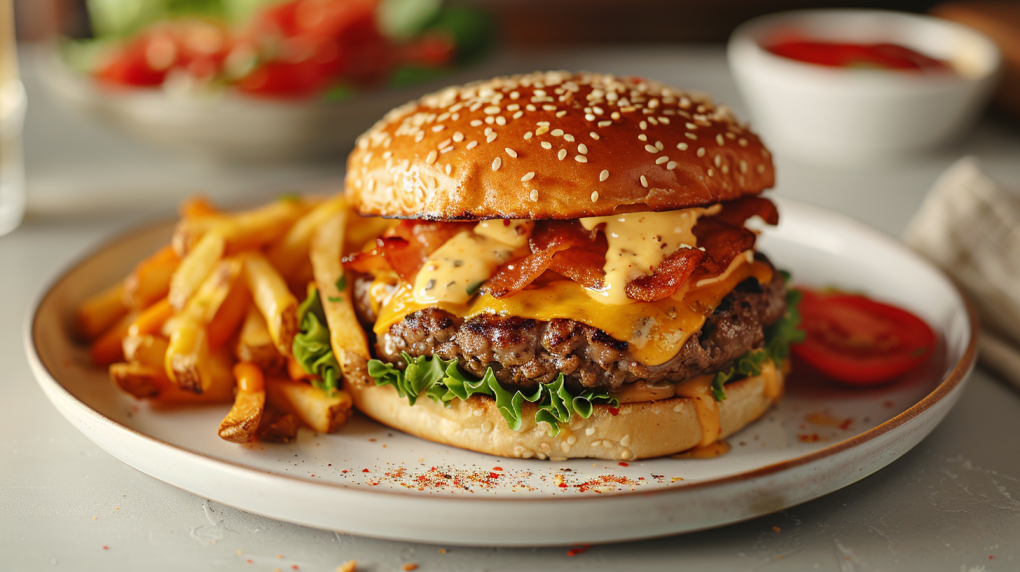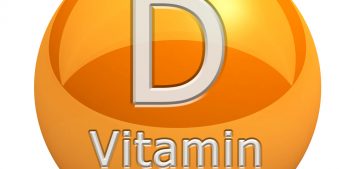
Trans Fats: Where They Come From and How to Avoid Them
On my blog, you can come across this phrase lots of times. You’ve probably heard recommendations that you should limit them in your diet. But do you know what trans fats actually are? What information should you look for on labels when shopping for groceries to check whether a given product is the source of these harmful compounds?
The Formation of Trans Fats
Healthy diet recommendations have been clear for years that it is worth replacing animal fats with those from plants. Animal products contain mainly saturated fats, which should be limited, and plants contain unsaturated fats. Unfortunately, as a result of industrial processes, plant polyunsaturated fatty acids are often transformed into trans fatty acids, which are the subject of this text. This happens in the process of partial hydrogenation/hardening. From the chemical point of view, trans fatty acids are therefore unsaturated fatty acids that contain one or more unconjugated double bonds in the trans configuration.
Trans fats are present in the largest amounts in highly processed products: cookies, crackers, confectionery, fast food, instant meals, deep-fried products, and some margarines (so-called hard margarines). You can also find small amounts in meat and dairy products. Cutting out trans fats from your diet is very difficult, but by knowing where they are most abundant, you can limit their consumption to a minimum.

You may ask yourself why food producers harden vegetable fats. From the point of view of the food industry, trans fats have many benefits: they enable the product to achieve the desired consistency, better taste and extended shelf life.
Trans Fats – Why Should We Avoid Them?
Already in the 1950s it was noticed that trans fats have a harmful effect on the cardiovascular system. Further numerous studies have confirmed the strong link between high trans intake and heart health. In an extensive 2020 review, researchers looked at some of the key mechanisms that may be responsible for the process. One of the most important ones is the fact that industrially produced trans fats increase the concentration of total and LDL cholesterol and reduce the concentration of HDL cholesterol (commonly called “good” cholesterol).
Moreover, it has been shown that trans fats can:
- activate inflammation (unrelated to infection),
- promote oxidative stress,
- increase autophagy (a process by which the internal elements of cells are destroyed),
- have an adverse effect on liver function (intensify dyslipidemia and NAFLD, i.e. non-alcoholic fatty liver disease).
It has also been shown that high consumption of trans fats may increase the risk of type 2 diabetes, cancer, and even reduce fertility.
Trans Fats under Scrutiny
Due to the harmful effects of trans fats, many countries have decided to limit them or even ban their use in the food industry. In 2017, the World Health Organization (WHO) published a plan titled “REPLACE Trans Fat”, which assumes the complete elimination of partially hydrogenated fats from the world’s food supply by 2023 and replacing them with vegetable oils. Additionally, WHO recommends that the intake of trans isomers should not exceed 1% of total energy intake during the day.
Starting from April 2, 2021, under the European Union Commission Regulation of 2019, food producers cannot exceed 2 g of trans fatty acids per 100 g of fat in the finished product. Polish recommendations, in turn, say that the consumption of trans isomers in the diet of children and adults should be as low as possible.
How to recognize products that are a source of trans fats? And is it possible to estimate how many of them they contain? Unfortunately, you will not find this information on the labels in the nutritional charts (which show the energy value, total fat, saturated fat, carbohydrates, simple sugars, fiber, protein and salt per 100 grams and per serving). Therefore, it is impossible to calculate exactly how much trans fat we eat each day. However, it is always worth paying attention to the list of ingredients on the label. Trans fats should be listed under the heading: “partially hydrogenated vegetable fats.” If this ingredient is one of the first places on the list of ingredients of a given product – it is better to put it on the shelf or consume it only occasionally.
Another good habit is to choose products that are as little processed as possible: vegetables, fruits, seeds, nuts, and whole grain products. By using fresh products, we have a chance to limit the consumption of trans fats to the recommended minimum values.

What about products that are natural sources of the compounds in question, i.e. meat and dairy? With moderate consumption, this should not be a problem. There are also indications that trans isomers of natural origin are not as harmful as those used in the food industry. This, however, requires further research and analysis. A good solution will certainly be to strive for a menu based primarily on plant products. Meat and dairy can be complementary. You certainly don’t need to eliminate them completely. Remember that they are a valuable source of protein, calcium and iron.
Thoughtful, conscious shopping is a habit that not only helps reduce food waste, but also facilitates healthy eating. Reading labels increases the time spent in the store, but it pays off in the future. During your next visit to the supermarket, I encourage you to look at the labels of the products you put in your basket and check whether they contain partially hydrogenated vegetable fats. I do believe this will help you make the right choices
Bibliograpy:
- Oteng AB, Kersten S. Mechanisms of Action of trans Fatty Acids. Adv Nutr. 2020;11(3):697-708. doi: 10.1093/advances/nmz125.
- Islam MA, Amin MN, Siddiqui SA, et al. Diabetes Metab Syndr. 2019;13(2):1643-1647. doi: 10.1016/j.dsx.2019.03.033.
- Normy żywienia dla populacji Polski i ich zastosowanie. NIZP-PZH, Warszawa 2020.
- Rozporządzenie Komisji (UE) 2019/649 z dnia 24 kwietnia 2019 r. zmieniające załącznik III do rozporządzenia (WE) nr 1925/2006 Parlamentu Europejskiego i Rady w odniesieniu do izomerów trans kwasów tłuszczowych, innych niż izomery trans kwasów tłuszczowych naturalnie występujące w tłuszczu pochodzenia zwierzęcego.









Comments No Comments
Join the discussion…